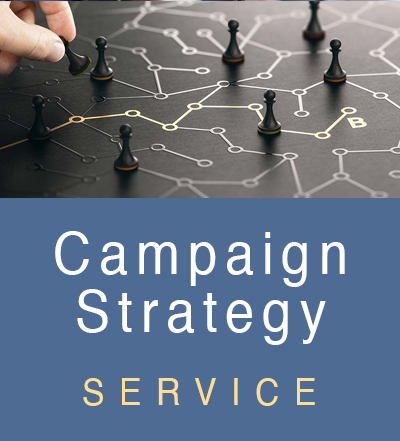In the USA, the Green Party became a national party (GPUS) in 2001 as a federation of affiliated state Green Parties. As a movement of political parties, the Green Party started in Germany, having been influenced by the civil rights movement of the 1960’s in the USA. In Europe, the smaller Green Party often joins in coalition with other parliamentary parties to affect policy.
Greens are international
The international organization, Global Greens, claims membership from over 100 countries. The first Green head of government was Prime Minister of Latvia, Indulis Emsis, in 2004. Here in the USA there are a quarter of a million registered voters in 24 states, with Green Party chapters in every state. All states, including the District of Columbia, are represented on the Green National Committee. There have been Green mayors and a Green member of the House of Representatives.
Green Party deals influence in U.S. Congress
The Green New Deal (GND) is a significant plan that was launched, politically, by European Greens in 2006. It is a way to transition away from fossil fuels, toward a more stable climate, and toward “green” job creation. In the USA it was campaigned on by candidates Mesplay, Hawkins and Stein in 2008, 2010 and 2012, respectively. Much later, in 2019, Democrats presented a version lacking an Economic Bill of Rights, which failed to pass in the Senate. New York Times Foreign Affairs Columnist, Thomas L. Friedman, was an early adopter of the basic principles, writing in 2007 about The Power of Green to strengthen economies. The Green New Deal reached into national discussion and policy consideration because of Green candidates doggedly insisting that we must do something to counter climatic and financial instability. The GND, in its well-thought-out version, is quintessentially green.
There is much diversity within the Green Party
In a sense, the Green Party is an anti-party party, with deep roots in local-level activism and a healthful distrust of the centralization that accompanies political organizing. The green spectrum runs from “deep green/Mother Earth” spiritual perspectives through the staunch independence of civil libertarianism to more trusting-in-government socialism. Greens are classified “progressive.”
Environmentalism is definitely green
Not surprisingly, most Greens are staunch environmentalists. One of the biggest electoral wins for US Greens was when Gayle McLaughlin was elected mayor of Richmond, CA: an industrial city of over 100,000 residents, having a petroleum refinery, a sea port with ocean-going vessels, and the most greenhouse gas emissions in the state of California. If you care about the environment, you will be right at home in the Green Party.
The peaceful Green option in the USA
The success of Green candidates is mostly at the local level, where Green Party candidates win roughly a third of the time in non-partisan races such as school boards. People join the Green Party because it aligns with their principles better than do the corporate parties (the Duopoly, Nader’s term, acts to maintain the two-party system). Peace advocates see that one or the other major party always passes funding for war. Our presidential candidate in 2024 was not afraid to point out that the operation in Gaza is classified as a genocide by major international bodies. The Green Party is the party of peace.
Grassroots Democracy is how the party operates and grows
Grassroots Democracy uses practical and inexpensive word-of-mouth and emails as the predominant way to interact, and nurtures local relationships that can hold fast. As such it is the alternative to corporate-sponsored governance that favors lobbyists and big business and what is termed the political donor class. Greens meet in local groups or set them up where they haven’t yet sprung up. In practice, meetings are democratically managed. I’ve been to many state meetings where the queues are “gender stacked,” with audience members lining up with their questions, comments and concerns in alternating gender so that males don’t dominate and drown-out the discussion.
Unwavering calls for social justice
Recognizing the lingering effects of historical injustice, Greens strive to amend and repair previous wrongs done against demographics such as people of color and the LGBTQIA+ community. Identity caucuses within the Green National Committee serve to amplify the voices of underserved people: The Black Caucus, Latinx Caucus and Lavender Caucus are accredited.
Within the Green Party, I have found a receptive audience to my concerns over mistreatment of Indigenous people. I am working to help an Indigenous Caucus achieve accreditation, and I am a member of the Elders Caucus-in-formation to improve treatment of the aged.
Greens are here to stay
There have been thousands of alternative political parties that have come and gone in the United States. Greens demonstrate an organizing and staying power unlike other “third” parties and have been active now in the USA for over 40 years.




